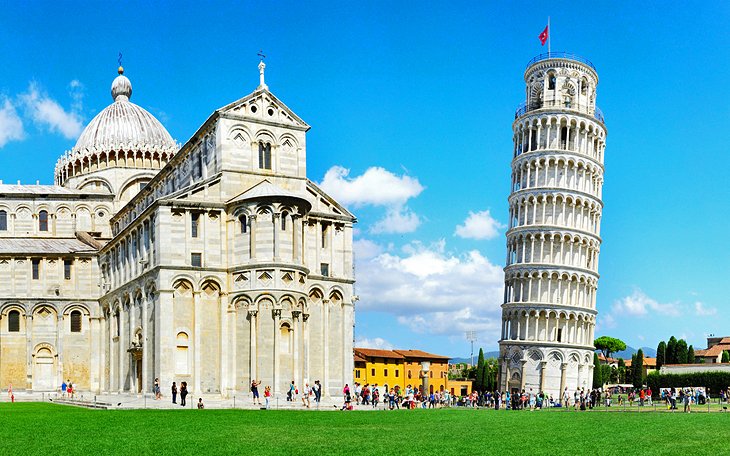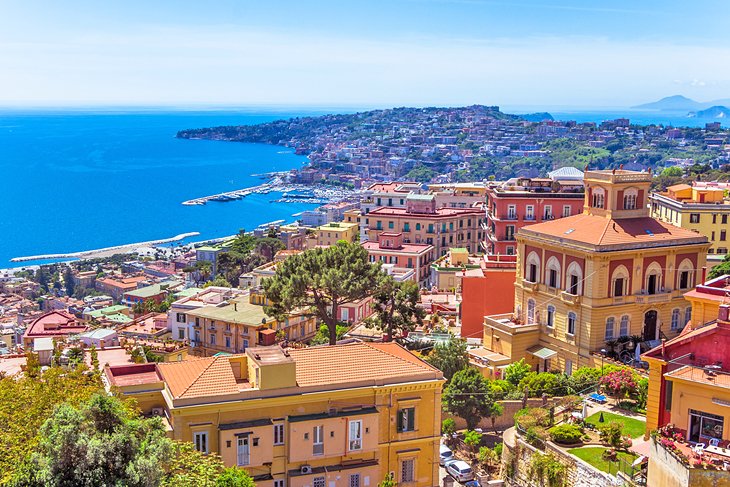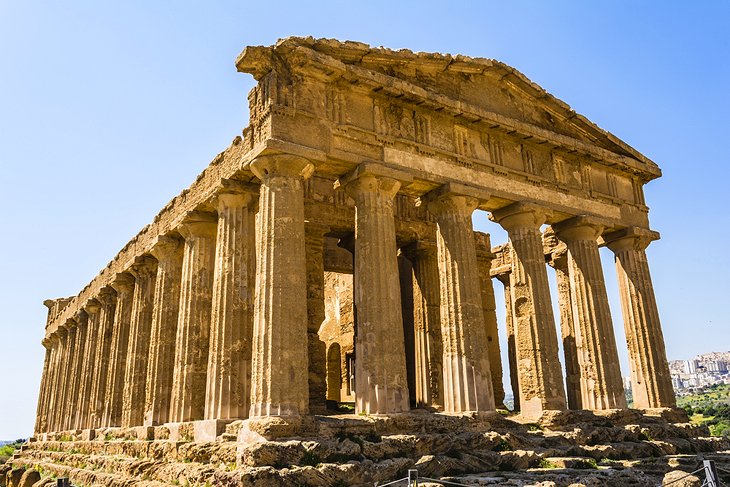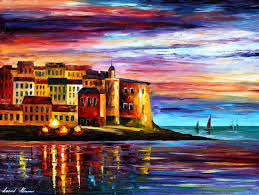TRENDING FASHION IN IVORY COAST
July 8, 2022TRENDING FASHION IN SWEDEN
July 22, 2022Italy, officially known as the Italian Republic or Republic of Italy, is a nation made up of a peninsula surrounded by islands and the Alps, much of whose territory is located within the same geographic area. Italy is a country in Southern Europe that is also a part of Western Europe. It is situated in the midst of the Mediterranean Sea. A unitary parliamentary republic with Rome as its capital and greatest city, Italy has a total size of 301,230 km2 and borders the enclaved microstates of Vatican City and San Marino in addition to France, Switzerland, Austria, and Slovenia. Campione is an exclave of Italian territory in Switzerland. Italy is the third-most populous member of the European Union with about 60 million residents.
Italy’s economy is advanced. The nation ranks ninth in terms of nominal GDP (third in the EU), eighth in terms of national wealth, and third in terms of central bank gold reserves. In terms of life expectancy, quality of life, healthcare, and education, it is highly ranked. The nation is a major player in regional and international economic, military, cultural, and diplomatic matters and is a great power. The United Nations, NATO, the OECD, the Organization for Security and Co-operation in Europe, the World Trade Organization, the Group of Seven, the G20, the Union for the Mediterranean, the Latin Union, the Council of Europe, uniting for Consensus, the Schengen Area, and many other international organizations all count Italy as a founding and influential member.
The nation has long been a hub for philosophy, science, technology, literature, music, art, and fashion on a worldwide scale. It has also substantially affected and contributed to a variety of sectors, including banking, jurisprudence, banking, and commerce. Italy is the fifth-most visited country in the world and possesses the most World Heritage Sites, a testament to its rich cultural heritage.
TRENDING FASHION IN ITALY










ACCESSORIES IN ITALY
























TRIBES IN ITALY AND THEIR FASHION
The Celts People
The use of Celtic languages and other cultural commonalities make the Celts, also known as the Celtic peoples, a group of Indo-European peoples in Europe and Anatolia. The Gauls, Celtiberians, Gallaeci, Galatians, Lepontii, Britons, Gaels, and their offspring were historical Celtic groups. It is unclear how race, language, and culture are related in the Celtic realm, and there is disagreement about what terms should be used to describe the Iron Age inhabitants of Britain and Ireland.



The Sicani
One of the three prehistoric Sicilian peoples living there at the time of Phoenician and Greek colonization were the Sicani or Sicanians. Following a series of skirmishes between these tribes, Diodorus Siculus claims that the Sicani shared a border with the Sicels in the ancient Himera river (Salso) and lived east of the Elymians and west of the Sicels.



The Ancient Greek
Italy and other nations bordering the Mediterranean Sea, are home to the Greeks or Hellenes, an ethnic group and country. They are also native to the Eastern Mediterranean and the Black Sea regions. Additionally, they have a sizable diaspora (omogenia), with Greek communities spread out all over the world.




TOURIST AND HISTORICAL PLACES IN ITALY
Sardinia – this mysterious Mediterranean island, which contrasts sharply with Italy, seems to exist in a different world. The jet-set haven of luxury enclaves along the northeast coast’s Costa Smeralda is Sardinia’s most famous feature, but the island has much more to offer the adventurous traveler or even the beach-loving sunbather.

Tuscan Hill Town – Stone towns in Tuscany that have Etruscan roots crown the region’s uneven terrain. They are all perched atop hills, and several still have the castles and turrets that formerly provided protection for their dominant locations.

Rome – Rome is the top destination on the itinerary for the majority of visitors to Italy. The Colosseum, the Forum, the Pantheon, the Appian Way, and the Palatine Hill are remnants of its former splendor, with the Vatican’s enormous wealth ranking as the main draws.

Ravenna – Italia has no other ancient city like this one on the Adriatic. The finest collection of Byzantine mosaics in Western Europe can be found here, all of which are in practically immaculate form. Ravenna’s artistic roots are unlike any other; they are almost totally Byzantine.

Puglia – Puglia would rank among the most popular tourist spots in the nation if it weren’t so far away. If Italy were a boot, Puglia would be the heel. It is a long, stiletto heel that juts into the Adriatic Sea in the southeast.

Pompeii and Herculaneum – A sharp bend in the Adige River envelops the little historic core of this former Roman stronghold. The impressively well-preserved Roman arena from the first century, where the famed summer opera festival is held, dominates the area’s center.

Pisa and Lucca – The famous Italian landmark known as the Leaning Tower of Pisa, which is actually the campanile for the nearby cathedral, is the focal point of a UNESCO World Heritage site that also includes the cathedral, baptistery, and Campo Santo.

Naples – Naples offers a wealth of sights, activities, and experiences, including majestic palaces opulently decorated with the riches of European royalty, churches brimming with priceless artifacts, and a world-class archaeological museum showcasing artifacts from the adjacent city of Pompeii.

Milan – The likes of Michelangelo, Leonardo da Vinci, Verdi, Enrico Caruso, Toscanini, and fashion designer Giorgio Armani have called Milan their home and place of employment.

Lake Como – Since the time of the ancient Romans, who escaped the summer heat of Milan to cool off in villas along its rocky shores, Como, Italy’s most picturesque lake, has been a popular summer getaway for the affluent and famous.

Florence – the epicenter of the Italian Renaissance, occasionally resembles a massive art gallery. With its huge dome defying gravity, the Duomo, also known as the Cathedral of Santa Maria del Fiore, is an icon of world architecture.

The Cinque Terre – Prior to the railway’s connection between the five cities by burrowing under the headlands separating them, which is to the north of La Spezia, which cling to the high, rocky Mediterranean coast, it was nearly impossible to reach by land.

Amalfi Coast and Capri – Naples Bay’s southern rim is formed by the steep, precipitous Amalfi Peninsula, which projects sharply into the Mediterranean just south of Naples. There isn’t a more picturesque or outlandish location for the villages that flow down its rocky slopes.

Venice – Who wouldn’t fall in love with a city where the roads are made of water, the buses are boats, and the gondoliers’ lilting songs fill the air? It is a magical city, and the city itself is what draws most visitors.

Turin – Turin, one of the major industrial cities of the north, is relatively small and compact (unlike Milan), making it simple to walk around and see the city’s top attractions. The Savoys built it with a grandeur and a formal plan to demonstrate that they could surround themselves with opulence that matched Paris and were as regal as any European royal family.

Siena – The city of Siena offers more than just art treasures. Wide plazas and the city’s winding medieval alleyways make for pleasant wandering areas. One of Europe’s greatest medieval public squares is Piazza del Campo.

Sicily – Seven UNESCO World Heritage Sites have been designated for the island of Sicily, including three for its ancient sites, two for its natural wonders, and two for its architectural masterpieces.

MUSIC IN ITALY
Italian folk music, which includes a wide variety of regional genres, instruments, and dances, is a significant component of the nation’s musical legacy. Italian identity is inextricably linked to instrumental and vocal classical music, which ranges from opera to symphonic music to experimental art music and global fusions. Opera has grown to be a significant part of popular music and is an essential component of Italian musical tradition. Along with foreign genres like jazz, rock, and hip-hop from the United States, popular indigenous styles like the Canzone Napoletana-the Neapolitan Song and the cantautori singer-songwriter traditions are significant components of the Italian music business. Italo disco, one of the earliest electronic music genres, originated in Italy, another significant nation in the creation of disco and electronic music.
Some musicians in Italy include:
Andrea Bocelli

Laura Pausini

Some art work in Italy include:






MEALS IN ITALY
Focaccia Bread – fresh dough topped with caramelized onions, olives, tomato slice, basil leaves, grated parmesan cheese and baked delicious.
Pistachio Panna Cotta – a dessert made with gelatin, cream and milk.
Classic Pasta Amatriciana – Italian tomato sauce, flavoured with cripsy pancetta, sauteed onion and garlic.
Panettone – an Italian sweet bread made with egg, flour, sugar, raisins, candied orange, lemon and cherries.
Fettuccine Pomodoro – a light, quick and easy pasta recipe in Italy.
Stuffed Ravioli – stuffed pumpkin, shallots and oodles of parmesan cheese along with walnut.
Focaccia Bread

Pistachio Panna Cotta

Classic Pasta Amatriciana

Panettone

Fettuccine Pomodoro

Stuffed Ravioli

Tiramisu – a pick-me-up cake in Italy
Mushroom Risotto – a great source of protein, powerful antoxidant meal.
Pasta Con Pomodoro E Basilico – the most basic and siimplest cooked pasta sauce.
Pasta Carbonara – a pasta popular with the coal miners.
Panzenella – this is a Tuscan bread salad, it is prepared with tomatoes and bread.
Mango and Coconut Pannacotta – sweet delight, made of fresh cream, gelatin, sugar and the king of fruits-mango.
Tiramisu

Mushroom Risotto

pasta Con Pomodoro E Basilico

Pasta Carbonara

Panzenella

Mango and Coconut Pannacotta

ENVIRONMENTAL CONSERVATION AND HABITAT PROTECTION IN ITALY
About 9,149,000 acres, or 31.1 percent, of Italy are covered in trees, according to the United Nations. Food and Agriculture Organization. The most biodiverse and carbon-dense type of forest, primary forest, makes up 1.0 percent (93,000) of this total. 621,000 acres of forest has been planted in Italy.
Forest Cover Change: Italy lost 77,950 ha, or 1.03 percent, on average from 1990 to 2010. Italy added around 1,559,000 acres, or 20.5 percent, of its total forest cover between 1990 and 2010.
558 million metric tons of carbon are found in the living biomass of Italy’s woods. According to data from the World Conservation Monitoring Center, Italy is home to about 710 recognized species of amphibians, birds, mammals, and reptiles. Among them, 3.4 percent are endemic, or found nowhere else, and 5.1 percent are at danger of extinction. At least 5599 different vascular plant species, 12.7 percent of which are unique to Italy. The International Union for Conservation of Nature (IUCN) classifications I through V protect 7.2 percent of Italy.










EFFECT OF CLIMATE CHANGE IN ITALY
The effects of climate change are currently being felt widely in Italy. Due to its proximity to the Mediterranean Sea, Italy confronts several difficulties with an increase in extreme occurrences, such as rising temperatures, more frequent flooding, an increase in extreme weather events, etc.
The well-known coastal city of Venice, which will vanish in the next few years if the scenarios forecasted come true, is one example of how climate change is having an influence. Italy faces a significant challenge as a result of the negative effects that climate change has on the economy, society, and environment as well as the rising number of deaths caused by the health hazards that are associated with it.










GENDER EQUALITY IN ITALY
Women’s rights have made some progress on a global scale. As of 2018, there were 4.1 births among 1,000 women in Italy who were 15 to 19 years old, down from 4.4 in 2017. In the parliament as of February 2021, women held 35.7% of the seats.
To attain gender equality in Italy, however, more effort needs to be done. In 2018, 3.5% of women aged 15 to 49 reported experiencing physical or sexual abuse from a current or former intimate partner in the previous 12 months. In addition, compared to 8.4% of men, women and girls aged 15 and older devote 20.4 percent of their time to unpaid care and household duties.
Some prominent women in Italy include:
Lucia Borgonzoni – an italian politician and member of Senate of Italy.
Teresa Bellanova – an Italian politician and trade unionist, who served as Minister of Agriculture.
Maria Rosari Bindi – an Italian politician and former President of the Antimafia Commission.
Roberta Pinotti – Italian politician who served as Minister of Defence in Italy.
Lucia Borgonzoni

Teresa Bellanova

Maria Rosari Bindi

Roberta Pinotti

Maria Elena Boschi – an Italian lawyer and politician, who is a member of Chamber of Deputies.
Maria Carmela Lanzetta – Italian politician who served a Minister of Regional Affairs and Autonomy.
Lucia Azzolina – an Italian politician and teacher, who served as Minister of Public Education.
Elena Bonetti – Italian politician and mathematician, who is currently serving as Minister for Family and Equal Opportunities.
Maria Elena Boschi

Maria Carmela Lanzetta

Lucia Azzolina

Elena Bonetti




